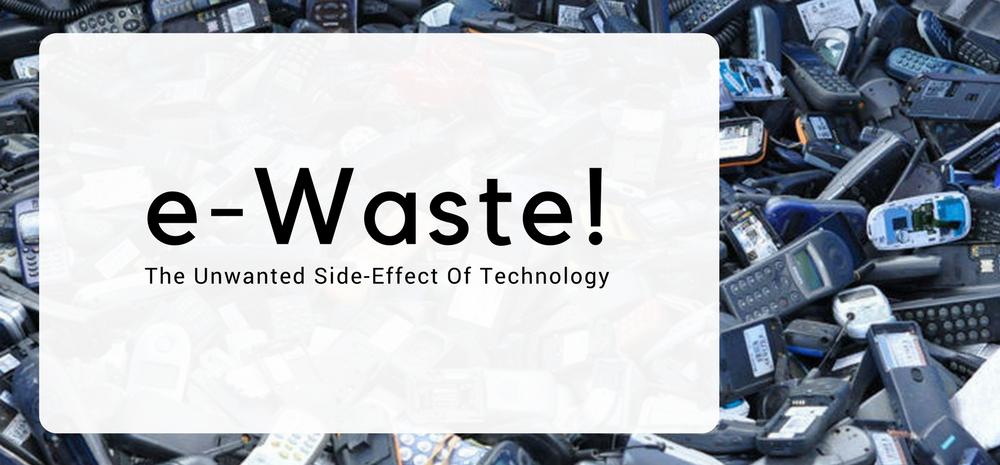India Produced 2 Mn Tonnes Of e-Waste In 2016; UN Says India Is Not Doing Enough!
UN has said that e-waste management in India is limited to urban locations, and rural areas have been left behind to tackle this problem on their own.

India is right now world’s largest and fastest growing market for smartphones, as 100+ brands are selling more than 250 million handsets a year in India.
There were 1.2 billion mobiles in India as of January, 2017.
If we combine the sales of computers, tablets, wearables and other gadgets with $15 billion mobile phone market, then the problem of e-waste becomes massive.
In their latest report on the aspect on e-waste, UN has said that India produced 2 million tonnes of e-waste in 2016, which will rise to 3 million tonnes by 2018.
UN has said that e-waste management in India is limited to urban locations, and rural areas have been left behind to tackle this problem on their own.
Is UN right in assessing India’s position in managing e-waste?
UN: India Produced 2 Mn Tonnes Of e-Waste in 2016
Report titled ‘Global E-waste Monitor 2017’ by ITU, which is a UN specialized agency for monitoring the hazards of e-waste, says that India produced massive 2 million tonnes of e-waste in 2016, which is among the highest in the world.
Overall, 44.7 million tonnes of e-waste was generated globally, which is enough to build 9 pyramids of Giza, Egypt or 4500 Eiffel Towers every year!
As per the report, such massive amount of e-waste can create major health hazards all over the world, as exposure to lead, cadmium, chromium, brominated flame retardants and polychlorinated biphenyls through inhalation can chock humanity.
If we talk about India, then mobile and telecom equipment generated 12% of all e-wastes in the country.
Asia has been found to be generating maximum amount of e-waste, clocked at 18.2 million tonnes, while Africa produced minimum e-wastes. With 16.6 kg of e-waste per human, Europe has the highest density of e-waste generation per capita.
As per an earlier analysis by Assocham-KPMG analysis, 70% of the e-wastes are generated from industries, while 15% come via households.
UN: India Is Not Doing Enough
In their report, UN has severely criticized India for not doing enough to tackle this problem. As per UN, major e-waste management drives are concentrating in the urban locations, while rural areas have been left behind on their own.
The report said,
“The formal e-waste recycling sector in India is currently being developed in major cities. However, informal recycling operations have been in place for a long time, with over one million poor people in India involved in manual recycling operations. Most of these people have very low literacy levels with little awareness of the dangers of the operations,”
It is not that India has been silent on this crucial issue.
Last year, India launched a strict e-Waste management policy, wherein manufacturers were held responsible for managing e-waste generated via their sales channels, and this was an important decision.
In March this year, New Delhi decided to re-cycle 15,000 tonnes of e-waste, which was applauded all over the country, and set a good example.
But the fact is, e-waste concentration in Indian soil is twice the global average, and time has come to fight this issue with some seriousness.
You can find the complete report here.
